How Have Interactive TV Shows Risen in Popularity?
In recent years, interactive TV shows have gained remarkable traction, transforming the traditional viewing landscape. Audiences no longer simply sit back and watch; instead, they now participate directly in the unfolding narrative. This surge in popularity is fueled by advancements in technology, shifting audience expectations, and the desire for more personalized entertainment experiences.

The appeal of influencing a story’s direction or voting for a favorite contestant brings a new level of excitement to television. As more viewers seek agency in their entertainment, networks and streaming platforms are responding with innovative formats that put the power in the hands of the audience.
What Are Interactive TV Shows?
Interactive TV shows are programs that allow viewers to actively participate in the content, making choices that influence storylines, outcomes, or even the fate of characters. Rather than following a single, predetermined path, these shows offer branching narratives, live voting, and real-time feedback mechanisms.
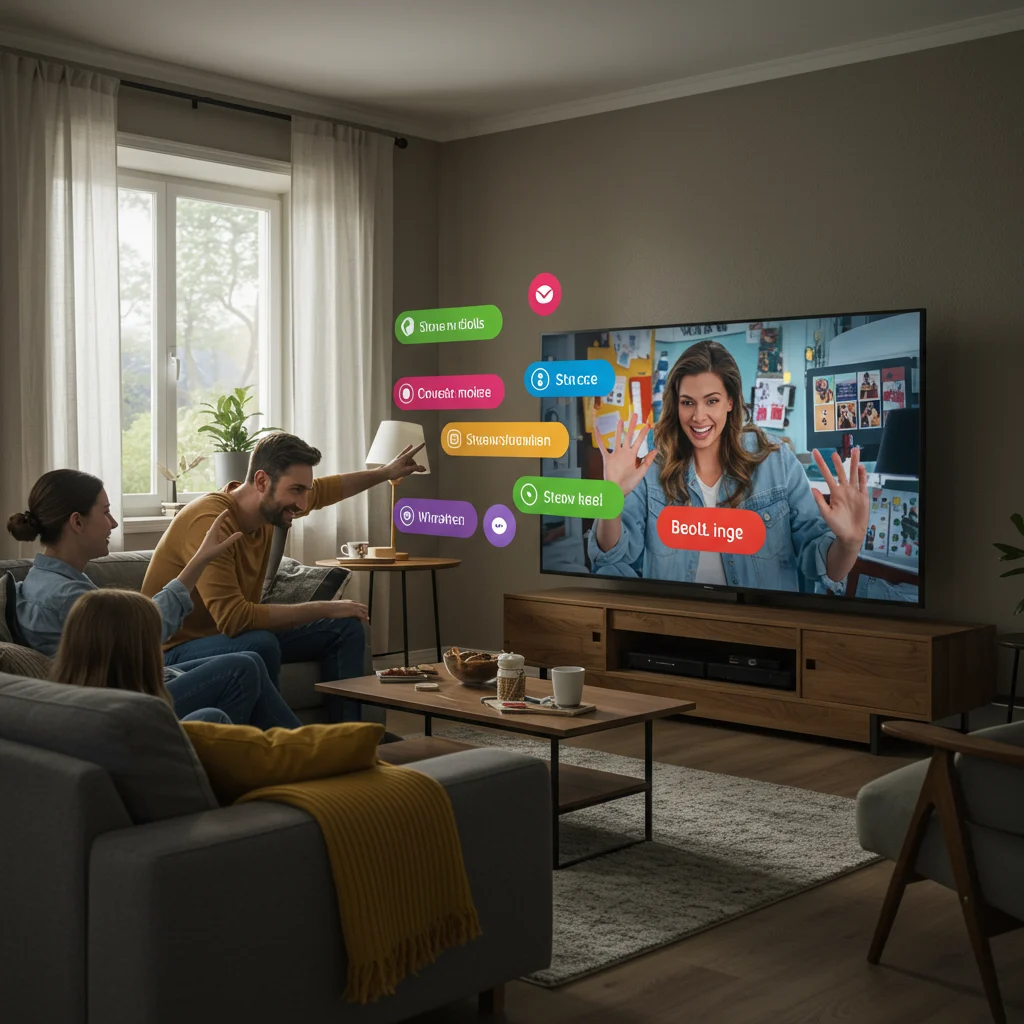
This approach transforms the viewer from a passive observer into a co-creator, fostering a deeper sense of engagement and ownership over the story. Interactive shows span a wide range of genres, from drama and adventure to game shows and reality competitions.
How Do Interactive TV Shows Work?
The mechanics behind interactive television rely on digital platforms that can process audience input in real time or near-real time. Using remote controls, smartphones, or connected devices, viewers are prompted to make decisions at key moments within the show.

These choices are then integrated into the content, either immediately—such as in live voting scenarios—or by branching to different pre-filmed scenes, as seen in narrative-driven experiences. The seamless integration of technology and storytelling creates a personalized journey for each viewer.
A Brief History of Viewer Participation in Television
While the concept of audience participation has existed for decades, the evolution toward truly interactive TV has been gradual. Early television involved limited interaction, but the desire for more immersive engagement has steadily grown.
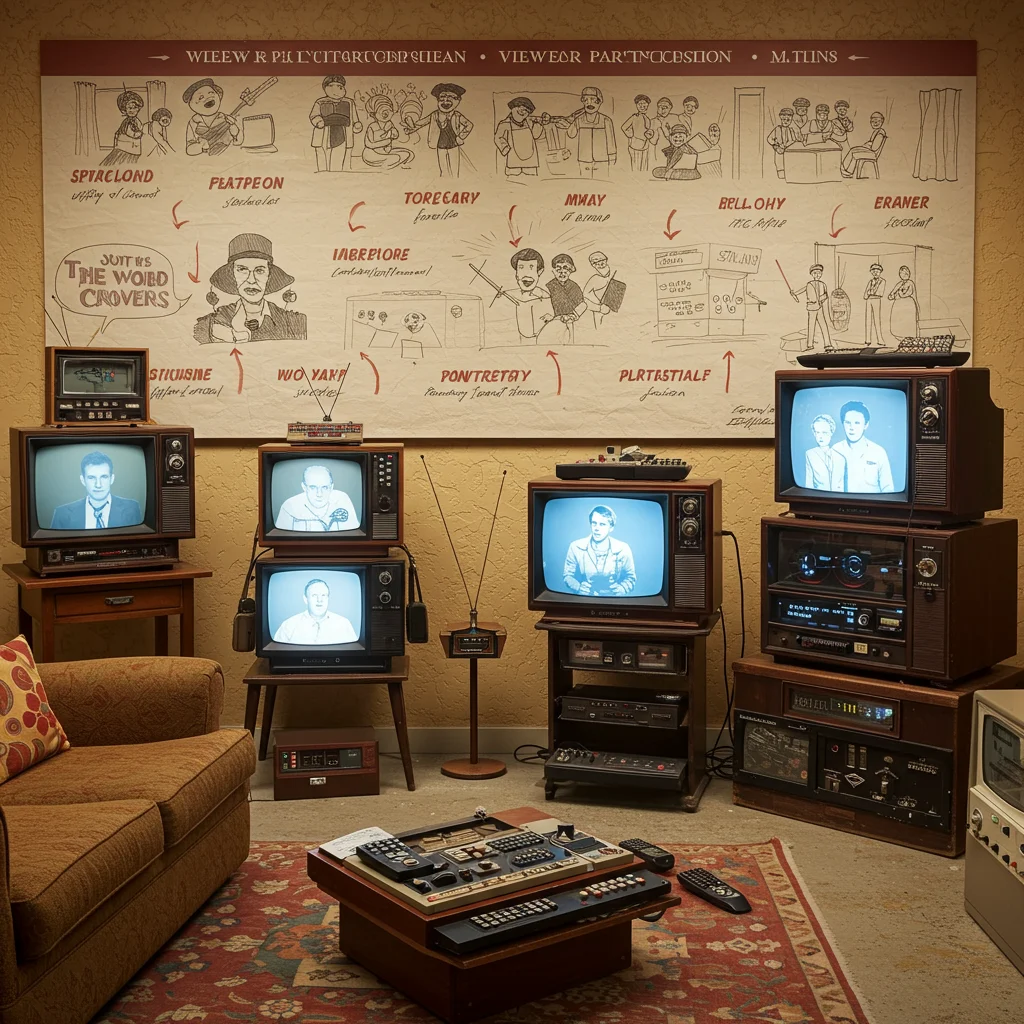
How Did TV Move from Passive Viewing to Active Engagement?
Traditional television viewing offered little more than channel selection. Over time, producers began introducing mechanisms for audience feedback, such as call-in votes and mailed-in responses. These early efforts laid the groundwork for today’s interactive experiences, where engagement is immediate and impactful.
What Were Some Early Interactive Elements in TV?
Game shows first experimented with interactivity by allowing studio audiences or at-home viewers to participate through phone-ins or mailed ballots. Some children’s programs encouraged viewers to follow along with activities, blurring the line between watching and doing.
How Did the Digital Revolution Impact TV?
The shift to digital broadcasting and the proliferation of the internet unlocked new possibilities for interactive content. Streaming services, smart devices, and social media integration made it feasible for millions of viewers to participate simultaneously, fundamentally changing the nature of television engagement.
For those interested in the broader entertainment landscape, our post on 2024’s top blockbuster movies explores how cinematic trends are also adapting to changing audience expectations.
What Technologies Power Interactive TV Shows?
Several key technologies underpin the success of modern interactive television, each contributing to a more immersive and responsive viewing experience.
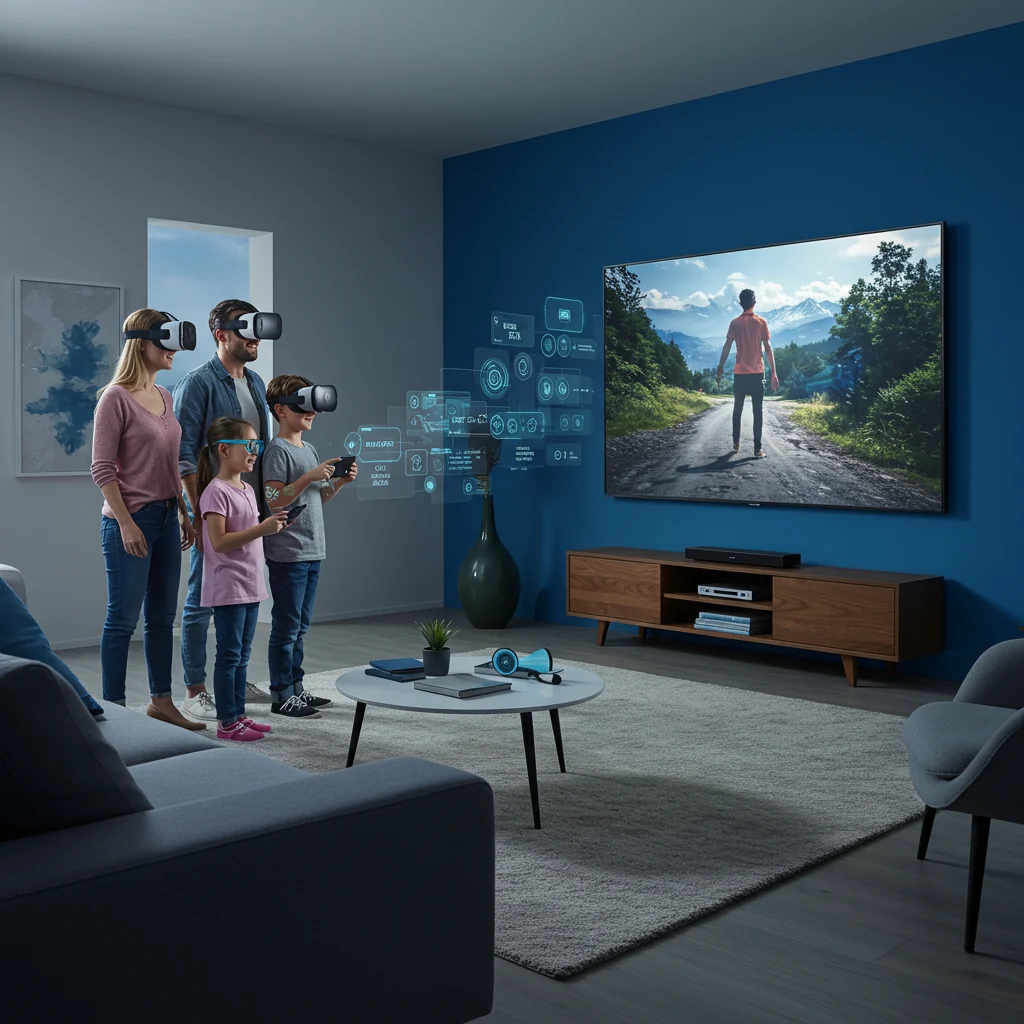
How Do Streaming Platforms Enable Interactive Content?
Platforms like Netflix and Amazon Prime Video use robust streaming infrastructure to deliver high-quality video while simultaneously handling user inputs. This allows for seamless integration of branching storylines and real-time voting features within a familiar streaming environment.
What Role Do Smart TVs and Connected Devices Play?
Smart TVs and connected devices, such as streaming sticks and game consoles, provide the hardware necessary for interactive features. Their integration with the internet and support for apps enable viewers to participate in polls, choose narrative paths, or interact with on-screen elements using their remotes or mobile devices.
How Does Mobile Integration Create Second-Screen Experiences?
Many interactive shows leverage mobile apps as a “second screen,” offering supplementary content, live chats, and additional choices. This dual-device setup enhances engagement, allowing viewers to participate without interrupting the main viewing experience.
How Is Artificial Intelligence Used for Personalization?
Artificial intelligence tailors interactive experiences by analyzing viewer choices and preferences. It can recommend new shows, adjust story complexity, or suggest branching paths that align with individual tastes, making each interaction more meaningful.
What Types of Interactive TV Shows Exist?
The variety within interactive television is rapidly expanding, offering something for every type of viewer. Formats range from branching narratives to live competitions and social experiences.

How Do Choose-Your-Own-Adventure Narratives Work?
In these shows, viewers make decisions at pivotal moments, directing the story down multiple possible paths. Each choice can lead to drastically different outcomes, encouraging rewatching and exploration of alternative storylines.
What Are Live Polling and Real-Time Voting Shows?
Live polling formats invite viewers to vote on outcomes as the show progresses, influencing contestant fates or plot developments. This real-time feedback loop creates a communal sense of anticipation as results unfold live on screen.
Live audience engagement, much like the excitement found in immersive performances such as the Tournament of Kings Dinner and Show, heightens the sense of participation and unpredictability.
How Do Game Shows Incorporate Audience Participation?
Interactive game shows allow viewers to play along, answer questions, or even compete for prizes. These formats blur the boundary between contestant and audience, making every viewer a potential winner.
What Is Social TV and How Does It Use Social Media?
Social TV integrates platforms like Twitter and Facebook, encouraging viewers to share opinions, participate in discussions, and influence show outcomes. This fusion of television and social networking transforms watching into a shared, interactive event.
How Are Augmented Reality and Virtual Reality Used in TV?
Some interactive shows employ AR and VR technologies to immerse viewers in digital environments. These experiences can be as simple as interactive overlays or as complex as fully virtual worlds, offering unprecedented sensory engagement.
What Are Some Notable Examples of Interactive TV Shows?
Several groundbreaking programs have demonstrated the potential of interactive television, each introducing unique mechanics and storytelling techniques.
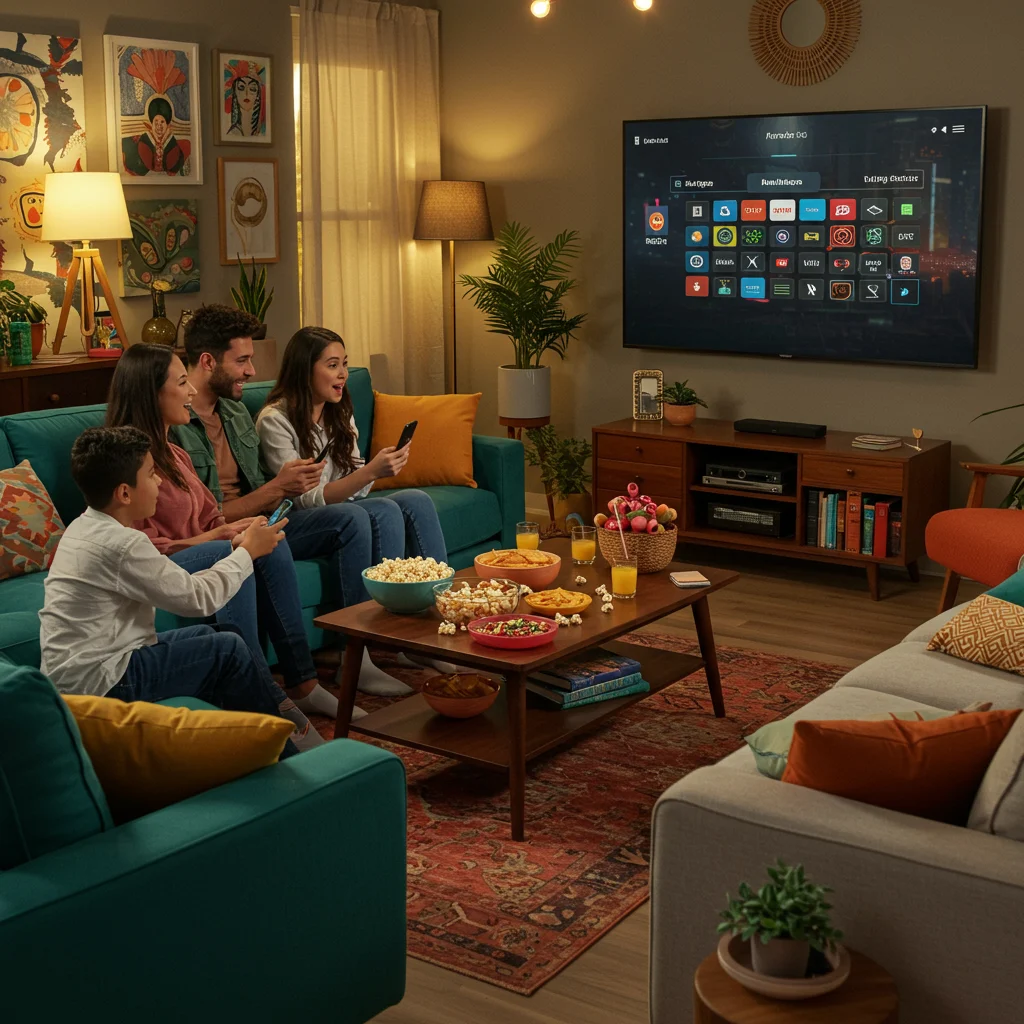
What Made Black Mirror: Bandersnatch Stand Out?
Netflix’s “Black Mirror: Bandersnatch” captured global attention by letting viewers decide the protagonist’s actions, leading to multiple possible endings. This innovative format showcased the narrative complexity possible with interactive storytelling.
How Did Unbreakable Kimmy Schmidt: Kimmy vs. the Reverend Innovate?
This interactive special invited viewers to guide Kimmy through a series of comedic choices, blending humor with branching storylines. The playful tone and replayability made it a standout example of interactivity in comedy.
What Is Trivia Quest on Netflix?
“Trivia Quest” challenges viewers with daily quizzes, allowing them to test their knowledge and influence the progression of animated adventures. This format merges traditional quiz shows with interactive storytelling.
How Did HQ Trivia and Mobile Game Shows Change the Game?
HQ Trivia brought live, real-time trivia competition to mobile devices, with thousands of players vying for cash prizes. The fast-paced, communal nature of the game created a sense of urgency and excitement, inspiring similar mobile experiences.
How Did The Voice Use Real-Time Voting?
“The Voice” empowered viewers to vote for their favorite contestants during live broadcasts, making the audience an integral part of the show’s outcome. This integration of real-time feedback heightened emotional investment and suspense.
How Are Viewers Participating in Interactive TV Shows?
Participation in interactive TV shows takes many forms, from making narrative decisions to engaging with fellow viewers in real time.
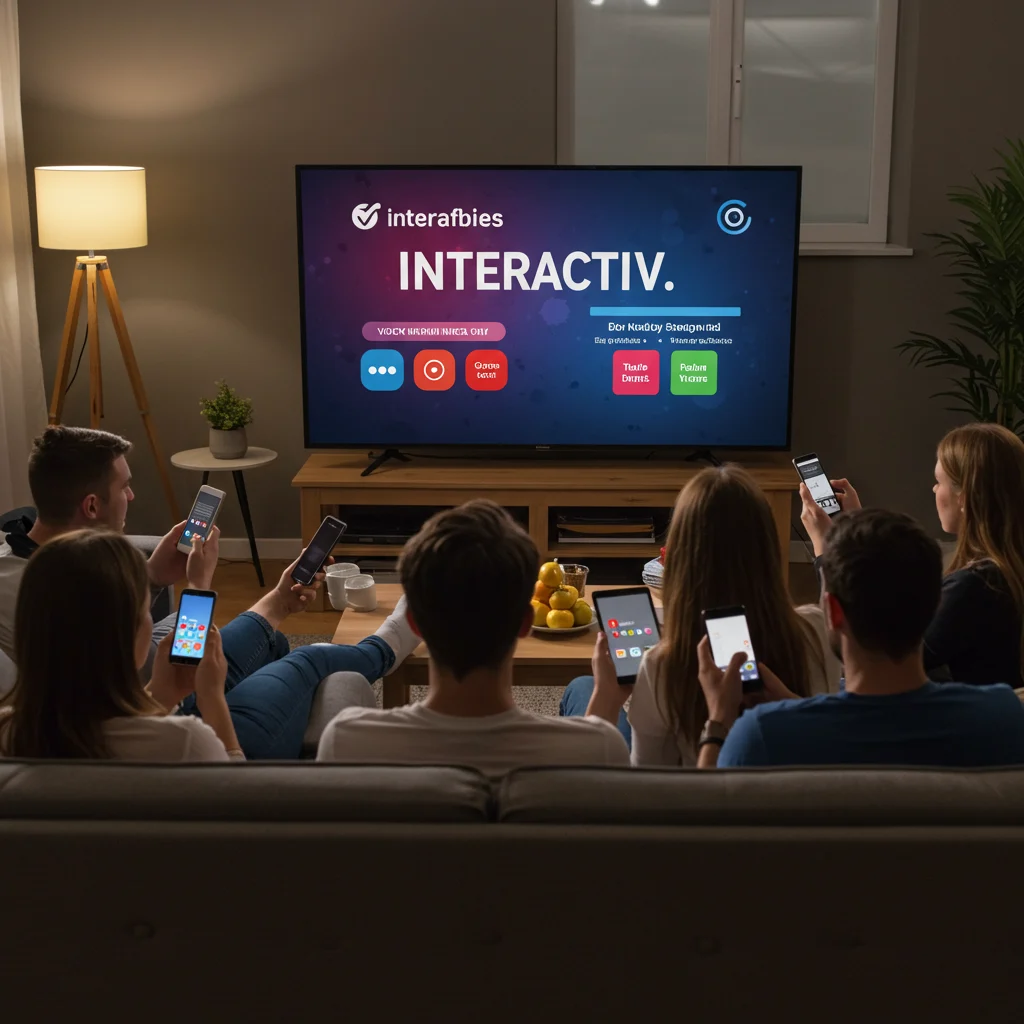
How Do Viewers Make Choices That Affect the Story?
Branching narratives prompt viewers to select options at key junctures, directly altering storylines, character fates, or even the ending. These choices offer a sense of agency and make each viewing unique.
In What Ways Do Viewers Vote for Outcomes and Contestants?
Many reality competitions and talent shows incorporate live voting, allowing the audience to influence who advances or wins. This real-time interactivity fosters a strong connection between viewers and contestants.
How Do Viewers Contribute Content and Feedback?
Some shows invite fans to submit videos, artwork, or story ideas, integrating user-generated content into the program. In other cases, feedback is gathered through polls or social media to shape future episodes.
How Do Viewers Engage with Others in Real-Time?
Live chats, social media integration, and community forums enable viewers to discuss choices, share reactions, and build relationships with fellow fans. These real-time interactions create a vibrant, shared viewing experience.
What Are the Benefits of Interactive TV Shows for Viewers?
Audiences gain several advantages from participating in interactive television, including heightened engagement and a more meaningful connection to content.

How Does Interactivity Enhance Engagement and Immersion?
Active participation draws viewers deeper into the story, making them feel like integral contributors rather than passive observers. This engagement is particularly compelling in suspenseful or competitive formats.
How Do Personalized Viewing Experiences Benefit Audiences?
Interactive shows adapt to individual preferences, allowing viewers to tailor their journey and revisit the content for alternative outcomes. This personalization increases satisfaction and encourages repeat viewing.
How Does Interactivity Increase Emotional Investment?
Making choices or voting for contestants fosters a sense of responsibility and attachment to the outcome. Viewers become emotionally invested, celebrating victories and feeling the weight of pivotal decisions.
What Opportunities Exist for Social Interaction?
Shared decision-making and real-time discussions create a communal atmosphere, much like the camaraderie found during a group pub crawl experience. This social dimension adds depth and enjoyment to the viewing process.
What Are the Benefits of Interactive TV Shows for Creators and Networks?
For showrunners and broadcasters, interactivity unlocks valuable opportunities for audience engagement, data collection, and innovative storytelling.

How Do Interactive Shows Provide Deeper Audience Insights?
By tracking viewer choices and participation, creators gain granular data on preferences, enabling them to refine content and marketing strategies for future projects.
What New Revenue Streams and Monetization Models Are Available?
Interactivity paves the way for new business models, including microtransactions, premium content, and targeted advertising. These approaches diversify revenue and increase profitability.
How Do Interactive TV Shows Help Build Stronger Fan Communities?
Active participation and social features foster robust fan communities, encouraging ongoing engagement and loyalty. These communities often become self-sustaining hubs for promotion and feedback.
How Do Interactive Formats Enable Creative Storytelling?
Writers and producers can experiment with nonlinear narratives, multiple endings, and audience-driven plot twists, pushing the boundaries of traditional storytelling.
What Challenges and Limitations Does Interactive TV Face?
Despite its promise, interactive television faces several obstacles, from technical complexity to concerns about inclusivity and data privacy.
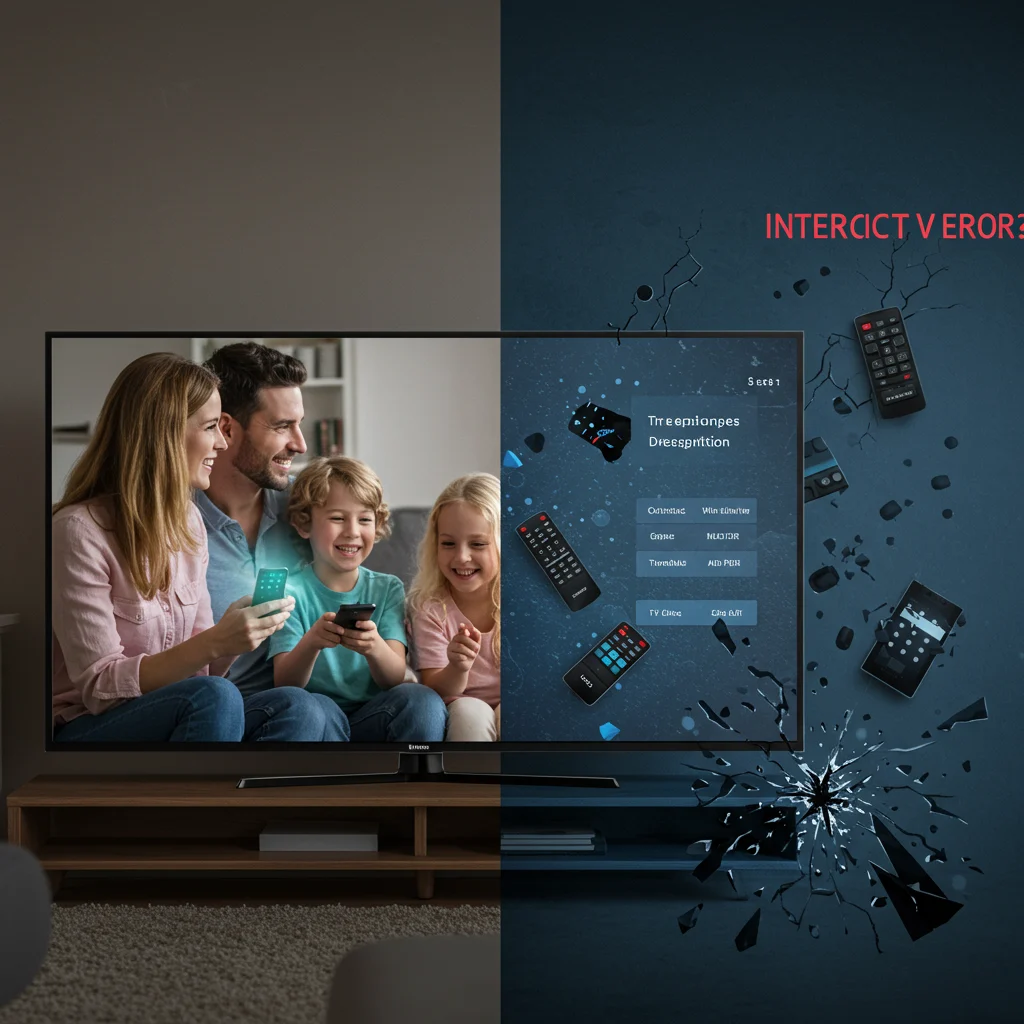
What Technical Hurdles and Compatibility Issues Exist?
Developing interactive content requires advanced infrastructure, and not all devices support the necessary features. This fragmentation can limit accessibility for some viewers.
How Do Creators Balance Storytelling with Interactivity?
Too many choices can disrupt narrative flow, while too few may frustrate audiences. Striking the right balance is a persistent creative challenge.
What Are the Accessibility and Inclusivity Concerns?
Interactive features must accommodate viewers with disabilities and varying levels of digital literacy. Ensuring that all audiences can participate remains an ongoing priority.
Can Viewer Fatigue Become an Issue?
Constant decision-making may overwhelm some viewers, leading to fatigue or disengagement. Creators must design experiences that are engaging without being exhausting.
What About Privacy and Data Security?
Collecting viewer data introduces risks around privacy and security. Transparent policies and robust protections are essential for maintaining audience trust.
How Do Interactive TV Shows Influence Traditional Storytelling?
The shift toward interactivity is reshaping how stories are written, directed, and experienced, with implications for both creators and audiences.

How Do Nonlinear Narratives and Branching Paths Work?
Stories no longer follow a single, linear trajectory. Instead, branching paths allow for multiple outcomes, character arcs, and endings, requiring meticulous planning and scriptwriting.
What Challenges Do Writers and Directors Face?
Crafting compelling, coherent narratives with multiple branches is complex. Writers must anticipate viewer choices and ensure each path feels satisfying and authentic.
Does Interactivity Enhance or Distract from the Story?
As experts often say:
“Interactivity can deepen engagement, but it must serve the story. When done thoughtfully, it transforms viewers into stakeholders; when done poorly, it risks breaking immersion.”
The key lies in integrating choices that feel meaningful, rather than arbitrary, so that interactivity complements rather than detracts from the storytelling.
What Drives the Psychology of Viewer Participation?
Understanding why audiences are drawn to interactive TV reveals deeper insights into motivation, satisfaction, and social behavior.
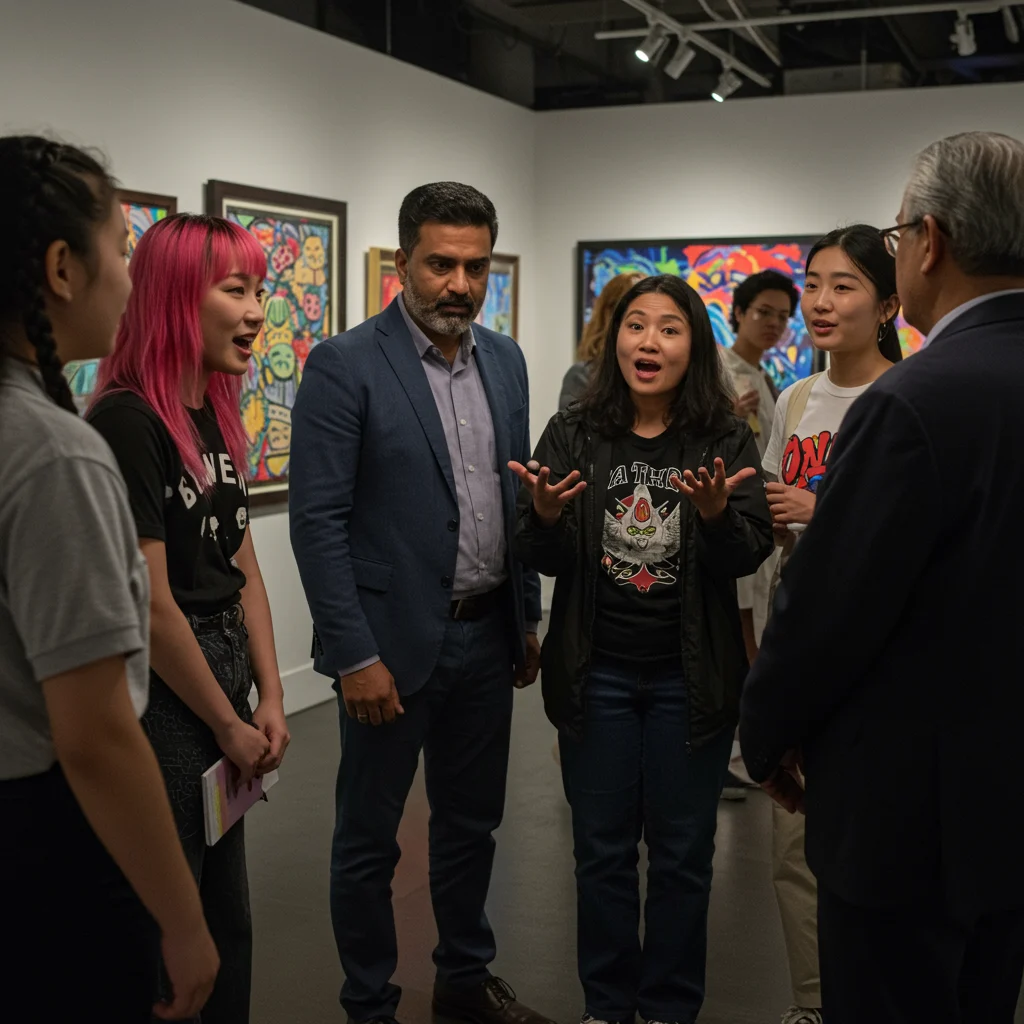
Why Do Viewers Enjoy Interactivity?
The ability to influence outcomes fulfills a desire for agency and control, making the viewing experience more rewarding. This sense of empowerment is a powerful motivator.
How Important Is Agency and Choice?
Having a say in the direction of a story or the fate of contestants increases investment and enjoyment. Even small decisions can create a sense of personal impact.
How Do Social Influence and FOMO Affect Participation?
Many viewers participate to keep up with friends or online communities. The fear of missing out (FOMO) drives engagement, as people want to be part of shared cultural moments.
How Does Interactive TV Integrate with Social Media?
Social platforms amplify the reach and impact of interactive television, creating a feedback loop between content, creators, and audiences.

How Do Viewers Share Choices and Outcomes Online?
Many shows encourage viewers to post their decisions, achievements, or endings on social media. This sharing extends the life of the content and encourages others to participate.
How Do Online Communities Form Around Interactive Shows?
Dedicated forums, hashtags, and fan groups emerge as viewers connect over shared experiences and strategies. These communities often influence show popularity and longevity.
What Role Do Real-Time Reactions and Trends Play?
Live-tweeting, instant polls, and trending topics turn interactive shows into social events, driving viewership and creating a sense of urgency around participation.
What Are the Monetization Strategies for Interactive TV Shows?
Monetizing interactive content requires creative approaches that align with the unique nature of viewer engagement.
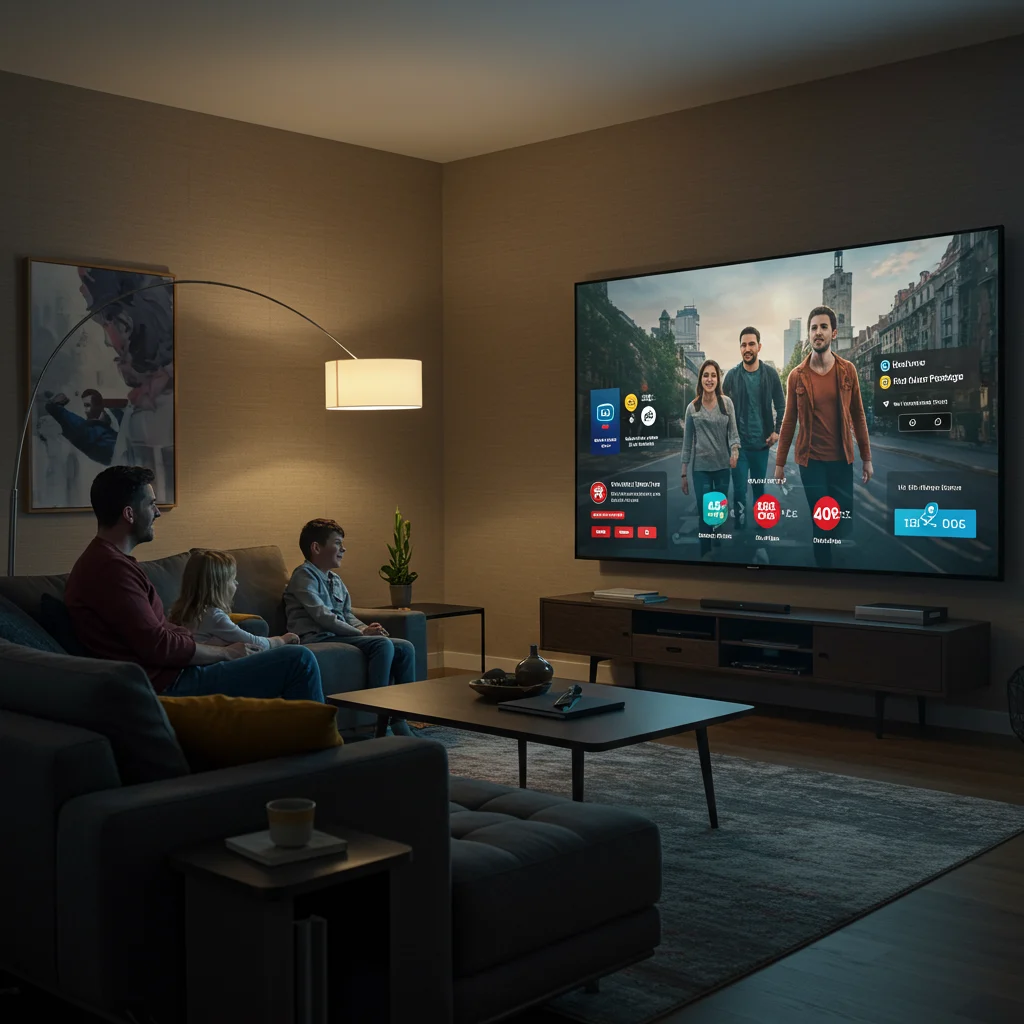
How Do Subscription Models and Pay-Per-Play Work?
Some platforms offer exclusive interactive content as part of a subscription, while others charge per episode or play. These models cater to different audience preferences and budgets.
How Are Advertising and Branded Content Integrated?
Interactive shows can incorporate targeted ads or branded experiences that respond to viewer choices, increasing the relevance and effectiveness of advertising.
What Is the Role of In-App Purchases and Microtransactions?
Some interactive experiences offer additional content, hints, or cosmetic upgrades for a fee, providing new revenue streams without disrupting the core experience.
How Do Sponsorships and Partnerships Work?
Brands may sponsor segments or integrate products directly into interactive storylines, creating mutually beneficial partnerships that enhance immersion and visibility.
How Are Networks and Streaming Platforms Adopting Interactivity?
Major players in entertainment are experimenting with interactivity in diverse ways, each bringing unique strengths to the format.
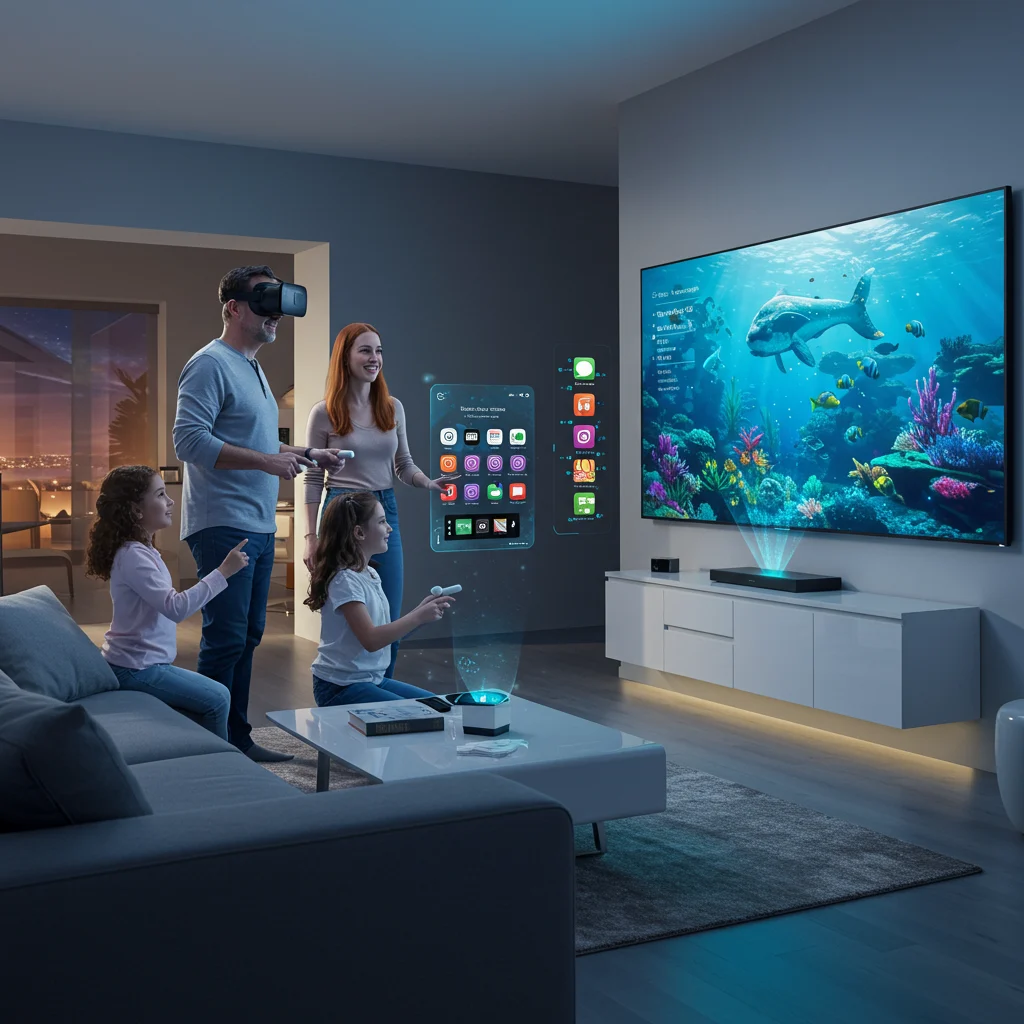
What Are Netflix’s Interactive Content Initiatives?
Netflix has invested heavily in interactive programming, producing acclaimed titles like “Bandersnatch” and “You vs. Wild.” These projects demonstrate the platform’s commitment to expanding viewer participation.
How Is Amazon Prime Video Integrating with Twitch?
Amazon leverages its ownership of Twitch to blend streaming video with live, interactive gaming experiences. This integration creates crossover opportunities between television and gaming audiences.
What Experiments Are Hulu and Other Platforms Conducting?
Hulu and other services are piloting interactive ads, story-driven experiences, and audience-driven programming, testing what resonates with their user bases. These experiments shape the future of interactive television.
What Does the Future Hold for Interactive TV Shows?
The next wave of interactive television will be shaped by technological innovation, changing viewer expectations, and creative experimentation.

What Emerging Technologies Are Shaping Interactive TV?
Advancements in virtual reality, artificial intelligence, and real-time streaming will enable richer, more responsive experiences. Viewers may soon find themselves fully immersed in digital worlds that adapt to their choices.
What Can We Expect for Future Viewer Participation?
Participation will likely become more intuitive and widespread, with seamless integration across devices and platforms. As interactivity becomes more mainstream, audiences will expect greater control and personalization.
Will Interactive TV Become the New Standard?
While traditional linear storytelling will remain, interactive formats are poised to become a central part of the entertainment landscape, particularly for younger, tech-savvy viewers.
How Can Creators Get Started with Interactive TV?
For those interested in developing interactive content, a variety of tools and strategies are available to support innovation and engagement.
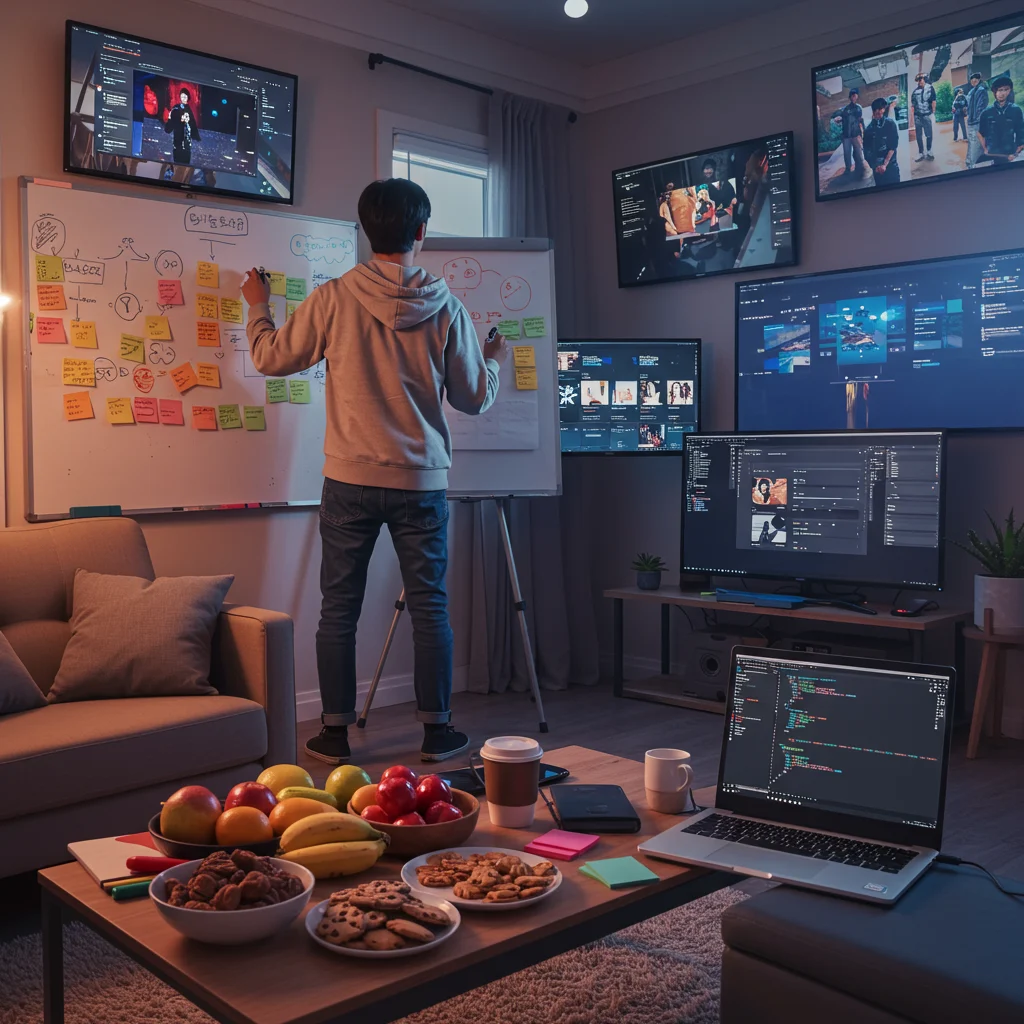
What Tools and Platforms Are Available for Creating Interactive Content?
Platforms such as Eko, Twine, and Netflix’s own branching narrative tools provide accessible ways to build and distribute interactive experiences. These resources lower the barrier to entry for creators.
What Tips Help Design Engaging Interactive Experiences?
Successful interactive shows balance meaningful choices with compelling storytelling. Creators should:
- Design clear, impactful decisions
- Test for pacing and narrative flow
- Gather feedback from early users
- Prioritize accessibility and inclusivity
Drawing inspiration from live theatrical productions, such as O™ by Cirque du Soleil®, can also inform how to create immersive, interactive experiences.
What Can We Learn from Success Stories in Interactive TV?
Case studies from pioneering projects reveal valuable lessons about audience engagement and content design.
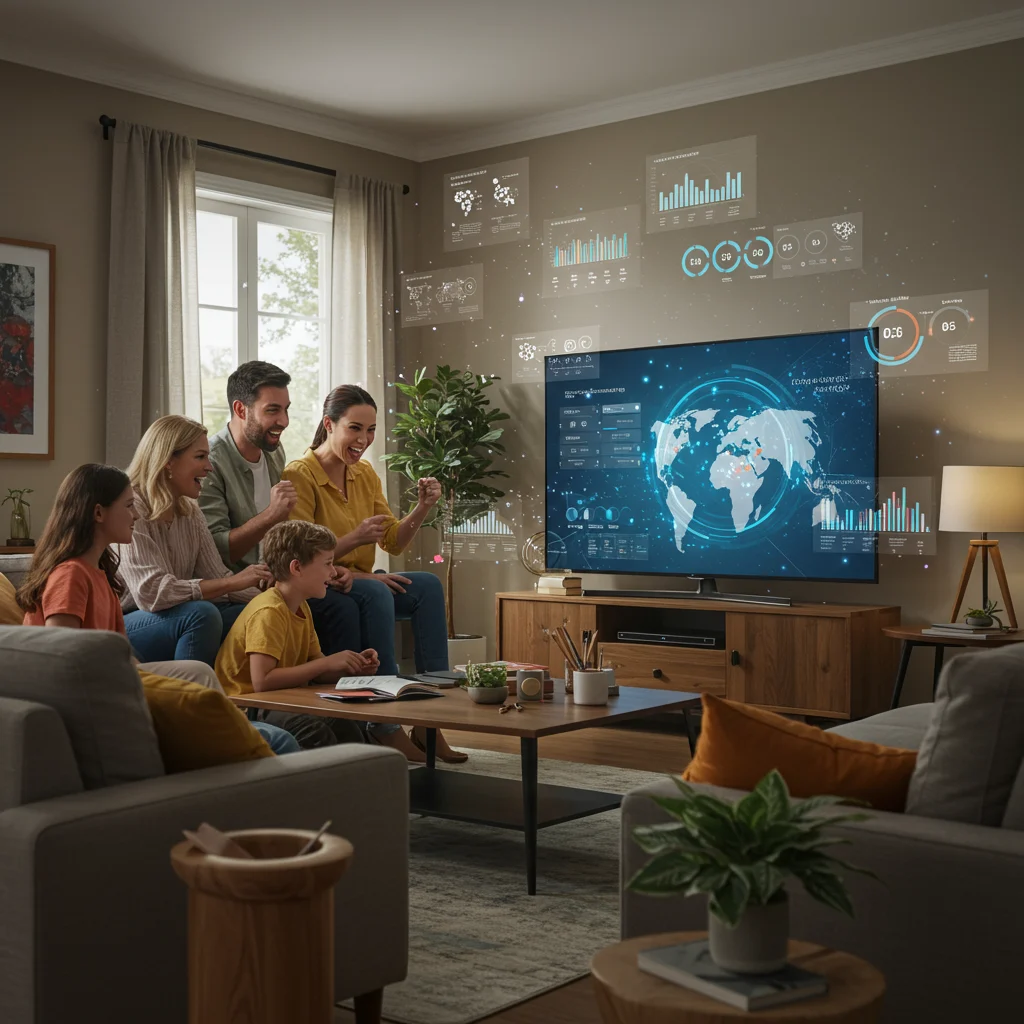
What Lessons Did Bandersnatch Teach Creators?
“Bandersnatch” highlighted the importance of smooth user interfaces, compelling branching storylines, and the need for thorough testing to avoid narrative dead ends.
What Audience Engagement Metrics Emerged from HQ Trivia?
HQ Trivia demonstrated that live, communal experiences can drive massive participation, but sustaining engagement requires regular innovation and attention to technical performance.
How Is Interactive TV Used in Education and Training?
Beyond entertainment, interactive television is making significant contributions to learning and professional development.
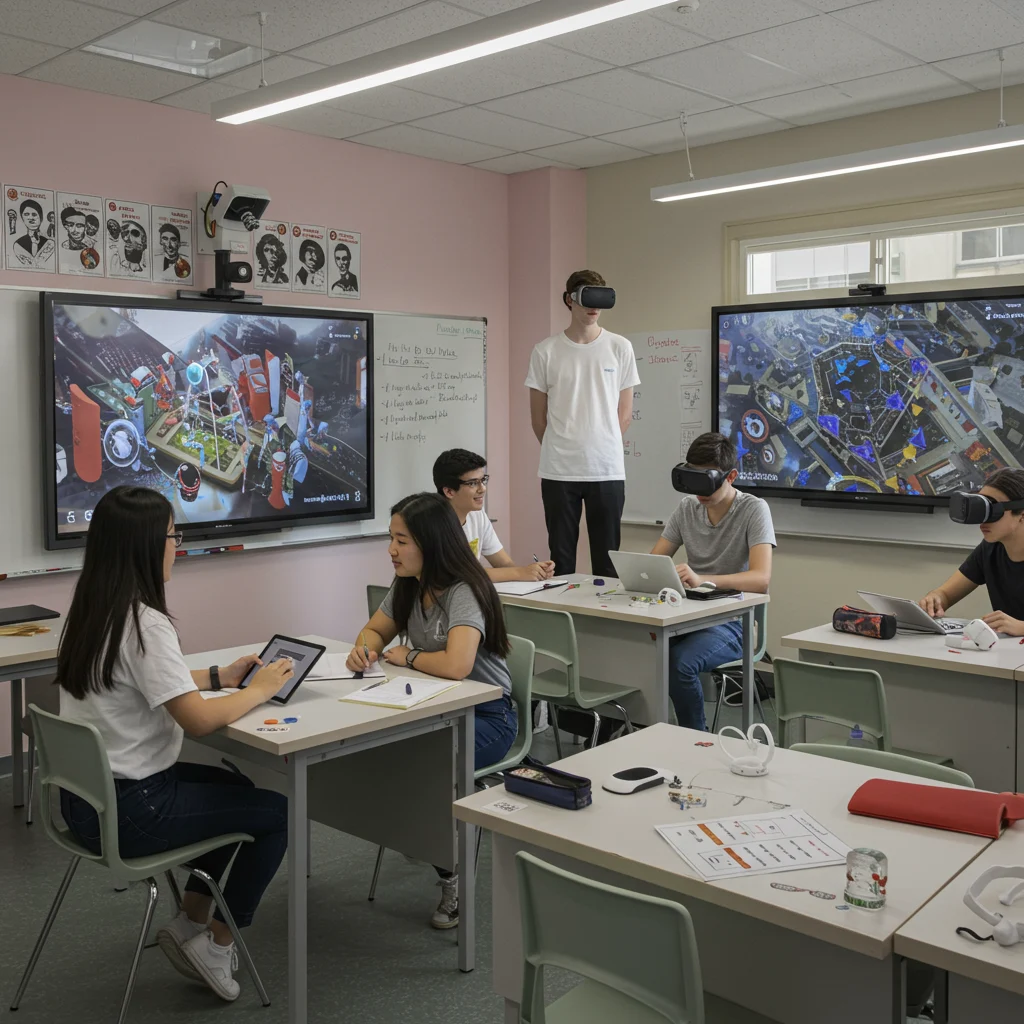
How Does Edutainment Blend Learning with Participation?
Interactive educational shows use quizzes, simulations, and branching scenarios to reinforce concepts and motivate learners. This approach increases knowledge retention and enjoyment.
How Is Interactive TV Used in Corporate Training and Simulations?
Organizations employ interactive video modules for scenario-based training, allowing employees to practice decision-making in realistic, risk-free environments.
What Are the Global Trends in Interactive TV Shows?
Adoption and innovation in interactive television vary across regions, influenced by cultural preferences and technological infrastructure.
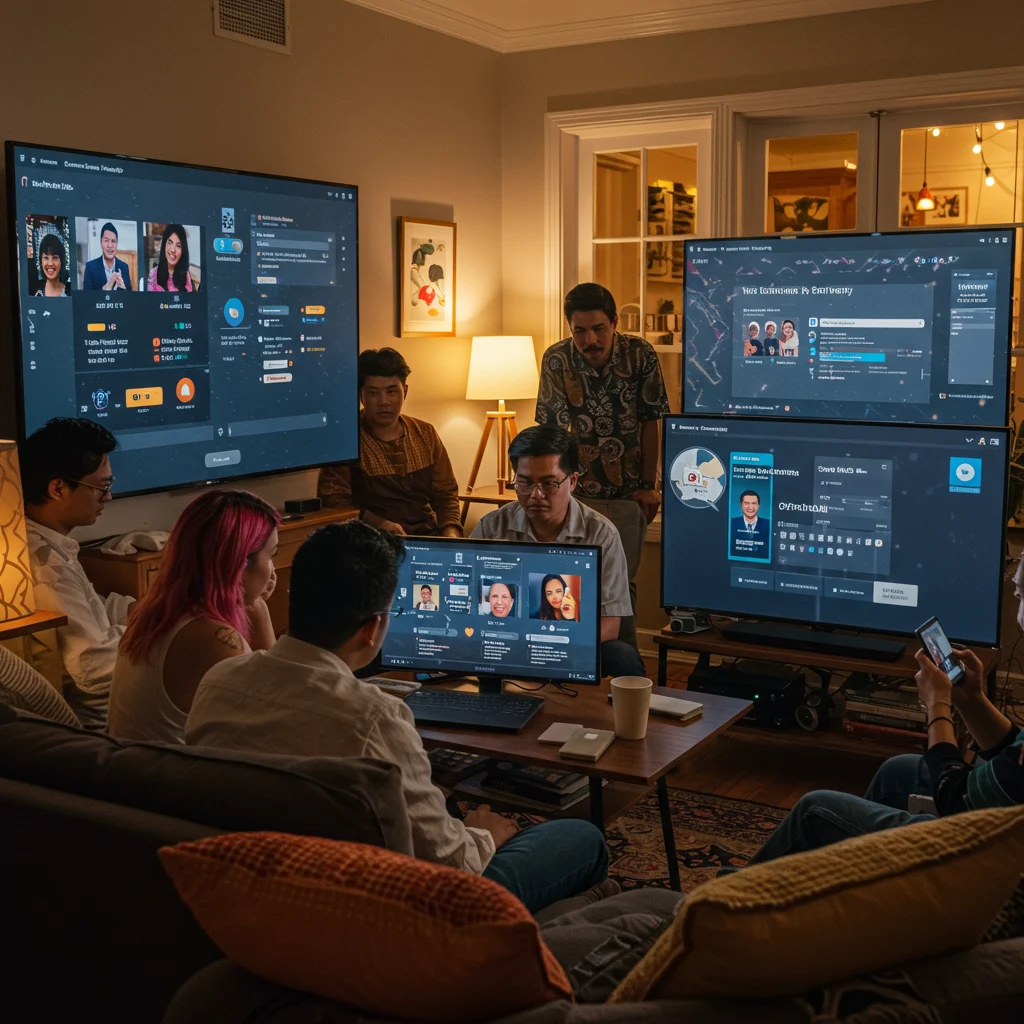
How Is Interactive TV Developing in Asia?
Asian markets have embraced interactive formats, particularly in live streaming and mobile game shows, often integrating shopping and social features.
What Are European Approaches to Viewer Participation?
European broadcasters experiment with public voting, interactive dramas, and collaborative storytelling, tailoring formats to local tastes and regulations.
How Do Cultural Differences Affect Interactivity?
Cultural norms shape how audiences engage with interactive content. Preferences for competition, collaboration, or anonymity influence the design and success of interactive shows worldwide.
What Legal and Ethical Considerations Affect Interactive TV?
As interactivity increases, so does the need for clear guidelines on data use, transparency, and ethical content creation.
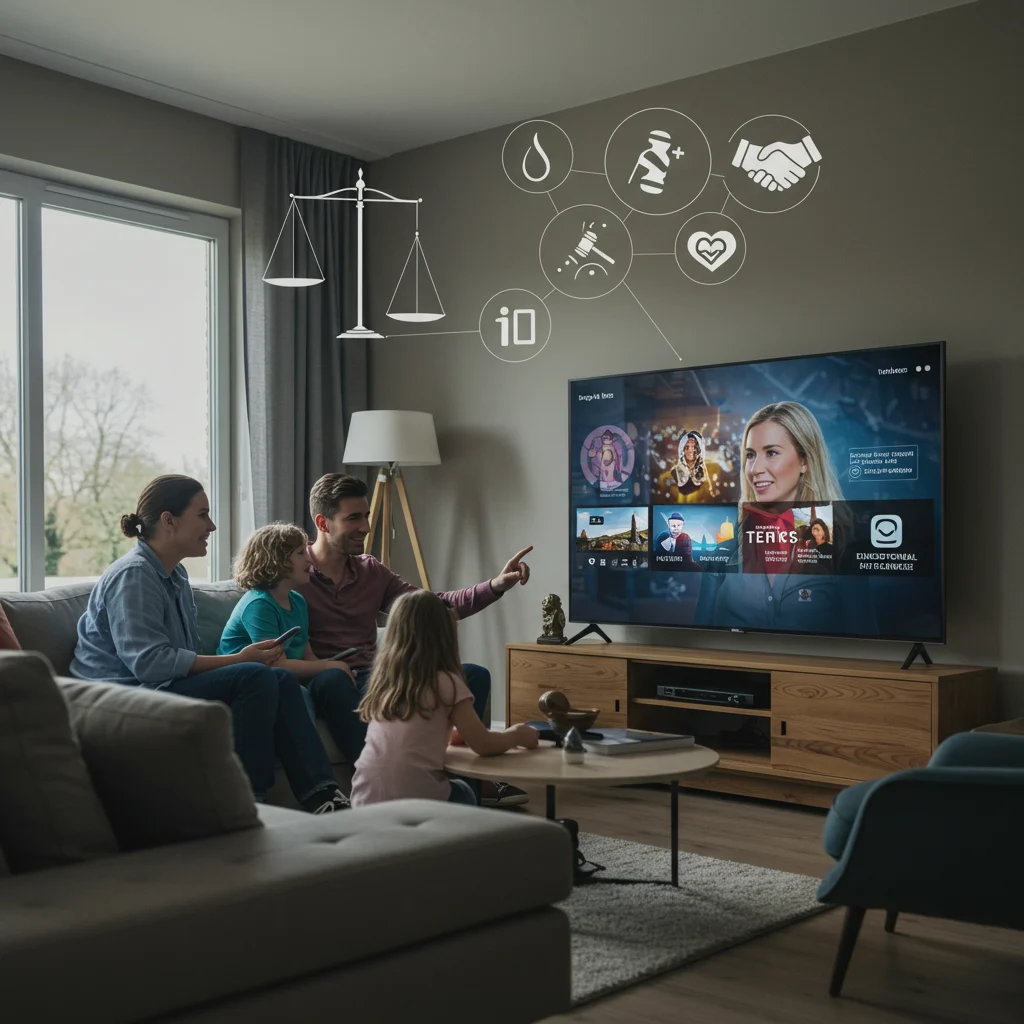
How Are Viewer Data and Privacy Regulated?
Regulations such as GDPR require transparent data collection and robust protections for viewer privacy. Compliance is essential for maintaining audience trust.
Why Is Transparency Important in Interactive Storytelling?
Viewers must understand how their choices are used and whether outcomes are genuinely influenced by participation. Transparent practices build credibility and trust.
How Can Vulnerable Audiences Be Protected?
Creators must consider the needs of children and other vulnerable groups, implementing safeguards against inappropriate content and undue influence.
Are You Ready to Participate in the Interactive TV Revolution?
The evolution of interactive TV shows is reshaping how we connect with stories, creators, and each other. As technology advances and audiences seek more immersive, participatory experiences, interactive formats are poised to become a defining force in entertainment.
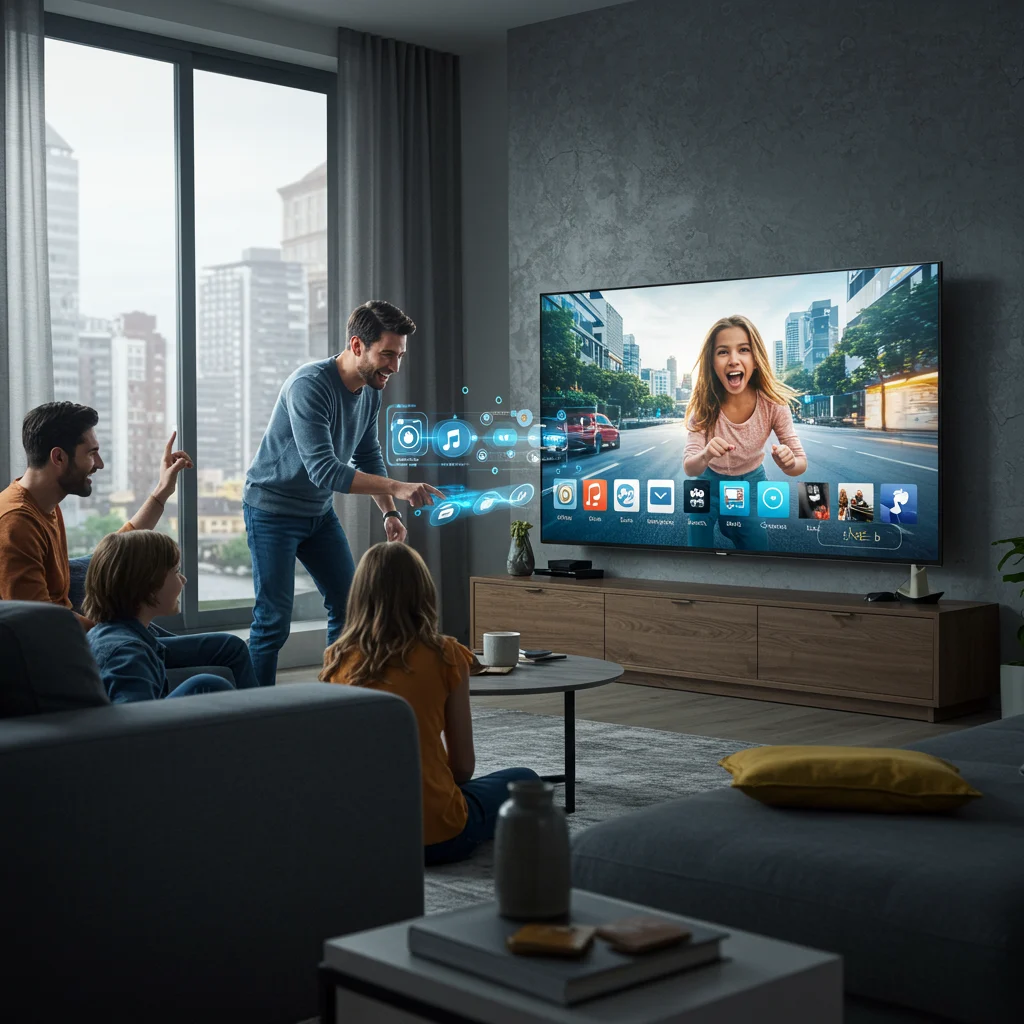
At Zeosh, we remain committed to covering the latest innovations and trends in media. For those eager to stay informed or get involved, visit Zeosh for expert insights and inspiration on the future of interactive television.










